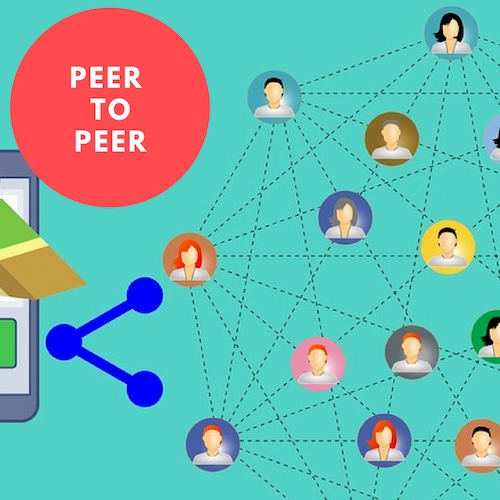Years ago, the basics of human psychology established the fact that social security and recognition are important to human survival. While even businesses in the present day realise and accept the importance of making people feel valued, unfortunately, there are gaps in realising and doing it the right way.
A TimesJobs study—that surveyed over 1,600 employees in India—revealed that nearly 90 per cent of them agreed to stick around longer in their jobs if they feel appreciated and 82 per cent said that they tend to work harder when appreciated for their work.
What is even more important for organisations to realise is not the fact that people do better when recognised by their seniors, but the fact that people feel even more motivated and happy to perform when appreciated and recognised by their peer group. Unfortunately, many organisations or HR professionals miss out on this reality.
While it’s true that recognition from a senior leader comes as a great motivation, what is also true is that peer-to-peer recognition has a much bigger impact on people’s morale. Here’s why it works better:
It is real
Employees feel that their peers know better about their day to day job. There’s a better interpersonal connect with them, and hence, their appreciation and acknowledgement means much more than appreciation from seniors/managers.
On the other hand, top-down recognition is often viewed as a mandatory chore or a political action, which rarely reaches the ‘quiet but critical high-performers’ in the company. From a senior leader or manager’s perspective, at times, real performance may go unseen. However, peers will always be aware of each other’s triumphs and losses.
Vantage Circle’s rewards and recognition platform makes it easy to manage your reward system and encourages a culture of peer-to-peer recognition through its social recognition platform.
It is consistent
While top-down recognition is only possible once in a while, or at frequent intervals, peer-to-peer recognition can be real-time and consistent.
There are instant messaging/networking apps or engaging platforms that allows an open forum, where people can appreciate and acknowledge their colleagues, managers or subordinates. It helps encourage recognition as a regular practice, through an easy mechanism, preventing multiple approvals and tedious yearly exercises required for the same, when it comes from top to down.
It is convenient
Once an organisation has established a culture of appreciation and recognition, and has a facilitating system in place, peer-to-peer recognition becomes a natural phenomenon. It neither needs a push nor any monitoring. When employees begin seeing it as a mutual morale-boosting practice and there are resultant performance improvements, such a culture of recognition becomes self-sustaining.
Also, with digitised solutions for recognition, the administration department saves itself the hassle of printing ‘thank you’ cards or buying gifts and distributing them to the relevant people.
Consequently, it helps organisations attract great talent. Most skilled people these days look for a culture that acknowledges their capabilities and helps them thrive.
While compensation and other perks are imperative to achieve job satisfaction, human needs such as social security, recognition and appreciation cannot be discounted for. Within that—as has been established through the benefits mentioned above—peer-to-peer recognition is a key aspect that organisations need to embed as part of the culture. It goes without saying that regular, transparent and fair recognition is the secret to a happy, productive and successful workforce.



